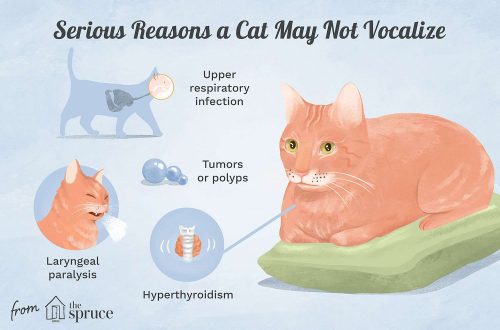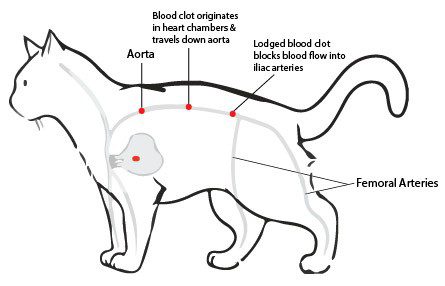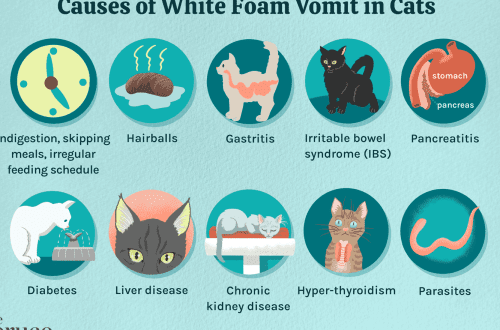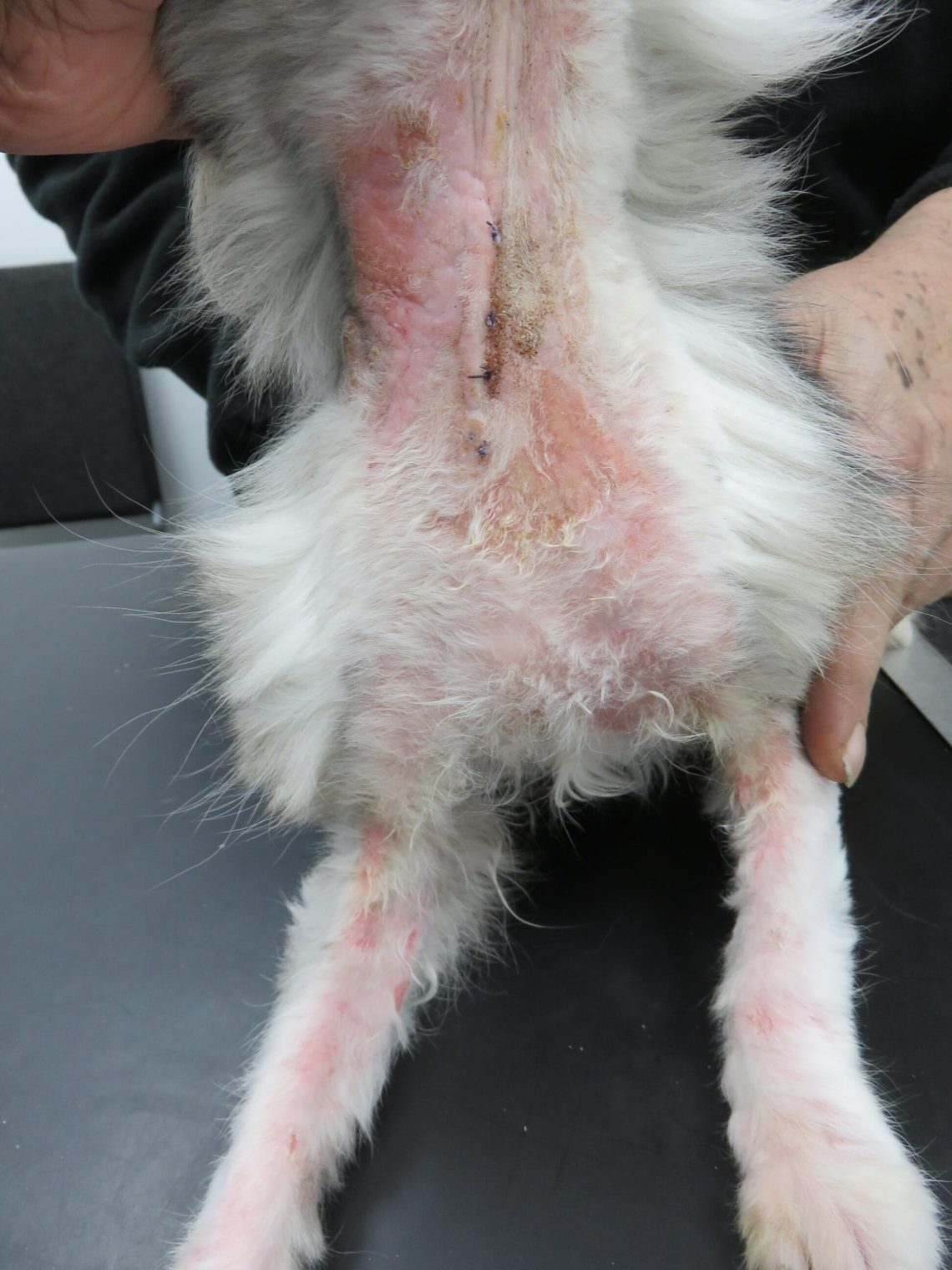
Demodicosis in cats
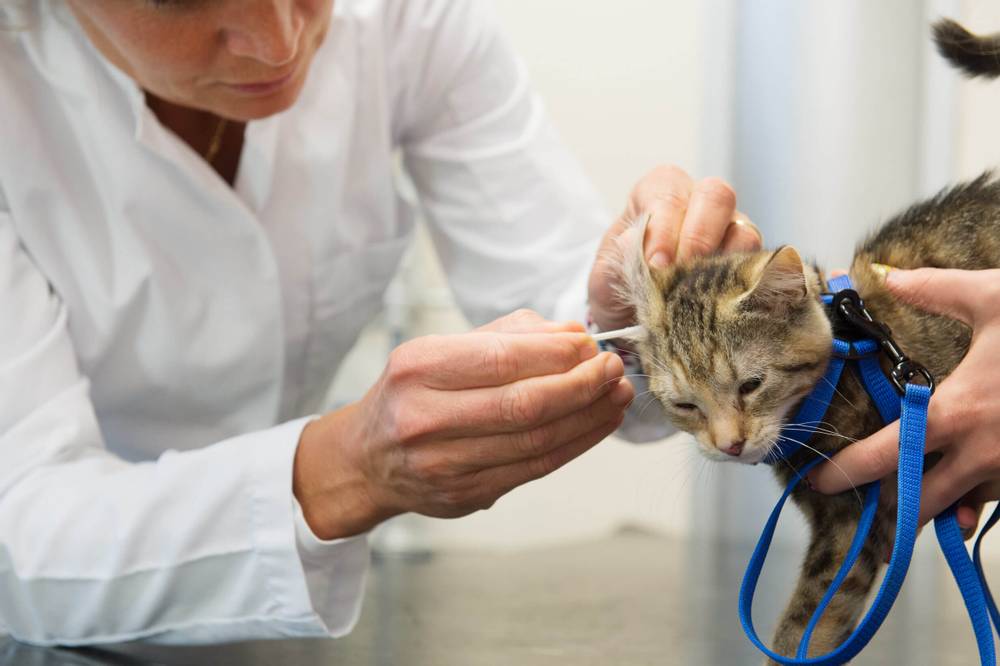
The first article mentioning the presence of demodicosis in cats was published relatively recently – in 1982. At the moment, the disease is not typical for Russia and is extremely rare.
Demodicosis in cats – basic information
Rare parasitic disease of cats;
At the moment, two types of ticks are described – Demodex gatoi and Demodex cati, the features of which differ significantly;
The main symptoms of demodicosis: itching, areas of baldness, marked anxiety;
The diagnosis is made by microscopy;
The most modern method of treatment is the use of drops on the withers based on fluralaner;
Prevention consists in avoiding crowded keeping of animals and observing zoohygienic standards for their maintenance.

Symptoms
Symptoms of demodicosis in cats can be different. With a focal (localized) lesion, itchy otitis media or areas of baldness with reddening of the skin can be noted, which can then become covered with dry crusts. Most often focal lesions occur around the eyes, on the head and on the neck. With a generalized lesion, itching is noted from severe (with Demodex gatoi disease) to mild (with Demodex cati disease). At the same time, extensive foci of baldness are noted, which often cover the entire body of the cat.
It is worth noting that Demodex gatoi is highly contagious to other cats, and Demodex cati is associated with a state of severe immunosuppression in the cat (due to the presence of a viral immunodeficiency in the cat, a malignant tumor, and the use of hormonal drugs) and is not transmitted to other cats.
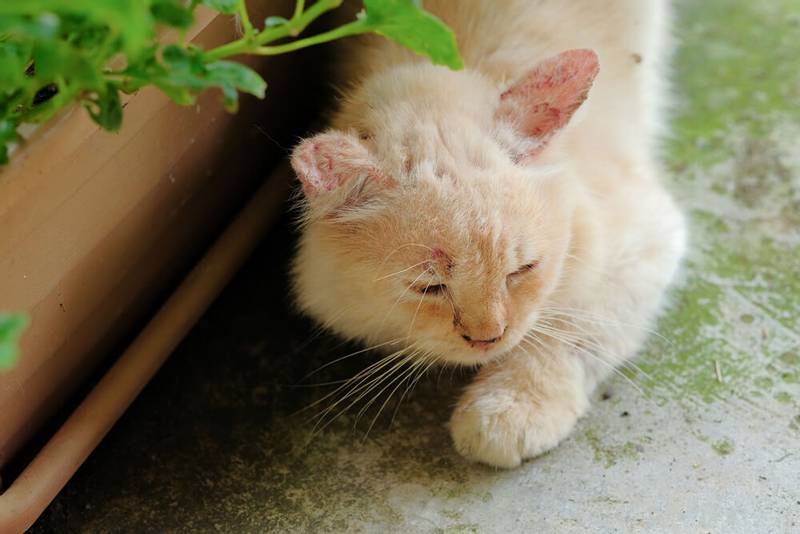
Diagnostics
Demodicosis in cats must be distinguished from diseases such as dermatophytosis (fungal skin lesions), bacterial folliculitis, food allergies, flea allergy dermatitis, psychogenic alopecia, contact dermatitis, atopic dermatitis and other types of tick-borne infections.
The main method of diagnosis, given the miniature size of this tick, is microscopy. To detect demodicosis in cats, multiple deep and superficial scrapings are taken. Unfortunately, given that a cat may ingest parasites during grooming, they are not always found in scrapings. In such cases, you can try to find the tick in the feces by flotation. Also, if a disease is suspected, but the test results are negative, it is advisable to conduct a trial treatment.
It is possible to determine the specific type of demodicosis in a cat only by microscopy, since different types of ticks differ significantly in appearance.
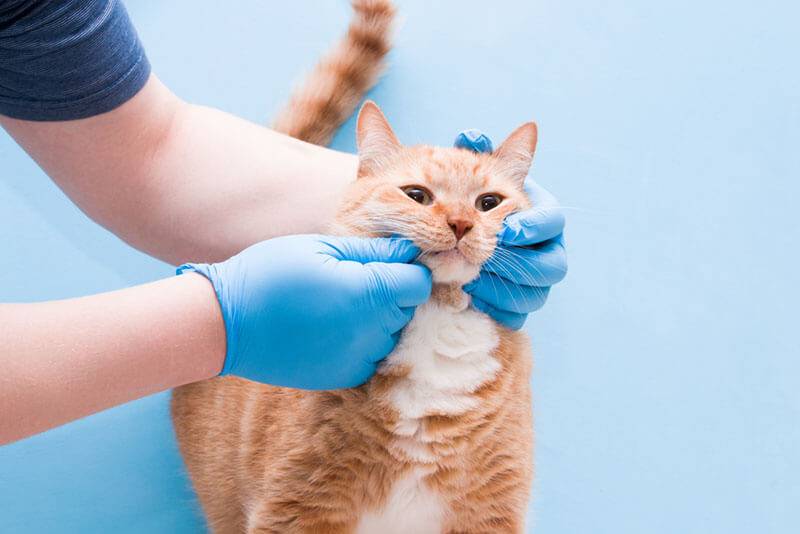
Treatment
When infested with Demodex gatoi, it is important to treat all cats in contact, even if they do not show clinical signs of the disease.
Previously, the main method of treating demodicosis in a cat was the treatment of animals with a solution of 2% sulfurous lime (lime sulfur). But such processing is quite difficult in cats, and the solution itself smells very unpleasant.
The use of injectable forms of ivermectin is effective (only a veterinarian can choose the course and dosage!).
It is quite effective to treat demodicosis in a cat by applying drops to the withers based on moxidectin once a week, in total 1 treatments are needed.
The most modern and safe treatment for demodicosis in cats is the use of drops on the withers based on fluralaner.
Treatment of the environment in this disease is not important, since this parasite does not survive long outside the body of the animal.
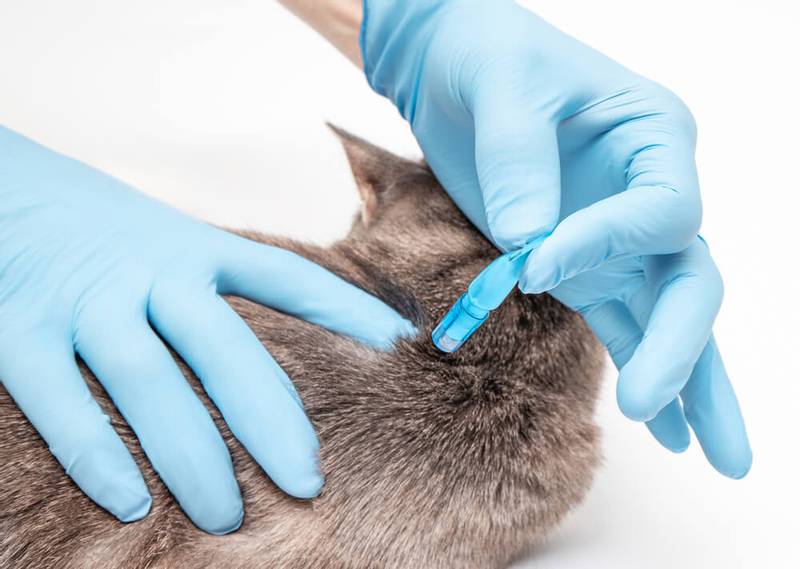
Prevention
Prevention of demodicosis in cats depends on the type of parasite.
To prevent infection of a cat with demodex of the gatoi species, it is necessary to prevent crowded housing, be sure to quarantine newly arrived animals and treat all cats participating in exhibitions with insectoacaricidal preparations.
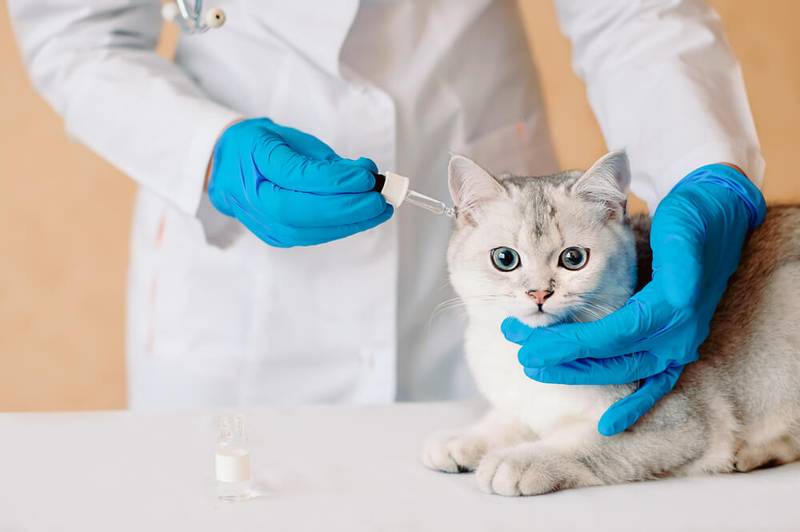
Prevention of infection with Demodex cati is much more difficult. Since demodicosis in cats can develop against the background of an autoimmune disease or tumor growth, a pet can only be helped by providing quality care and feeding. It is important to prevent uncontrolled walks of cats on the street in order to avoid infection with the feline immunodeficiency virus, which is usually transmitted from sick animals with blood and saliva during fights. Also, you should always be very careful with long courses of treatment with hormonal drugs.
The article is not a call to action!
For a more detailed study of the problem, we recommend contacting a specialist.
Ask the vet
December 16 2020
Updated: February 13, 2021



